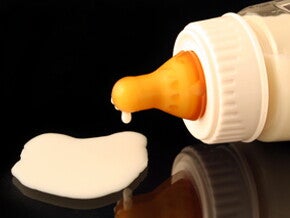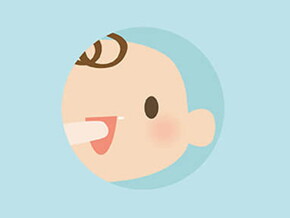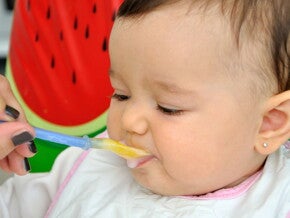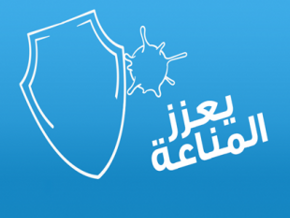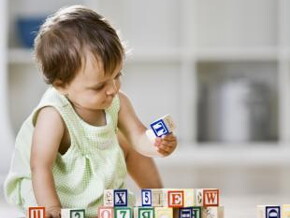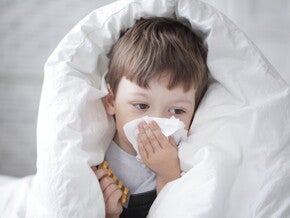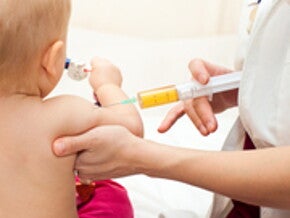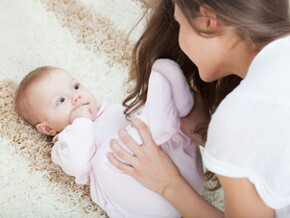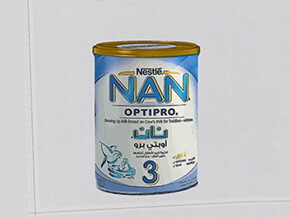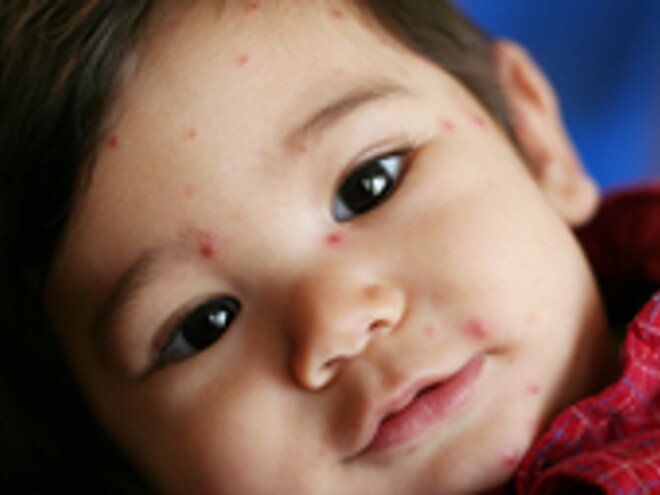
How To Prevent Childhood Diseases
Childhood Diseases - What Mothers Need To Know!
Throughout childhood and into adulthood, it’s inevitable that kids catch diseases and get sick. Among the most common diseases of this early stage are “childhood diseases” that strike both adults and children, yet the greatest risk remains among kids, as these diseases attack their vulnerable bodies and improve their immunity towards them, so they can fight them off and prevent them from developing into dangerous illnesses and fatal threats in case they struck them down again during adulthood.
Some of these diseases can be prevented by vaccination, some others cannot be prevented nor cured (like autism for instance). Few of them are caused by bacteria or viruses (like measles and chickenpox), and few others are genetic, passed from parents to children (such as Sphingolipidosis and Sickle Cell Anemia). Some of childhood diseases are contagious and can be spread from one child to another, while some others can hit kids due to mothers’ neglect of pregnancy and their consumption of some medications at that time.
Here are the most common vaccine-preventable diseases:
- Chickenpox: It’s one of the most contagious childhood diseases. Most common symptoms and signs: skin rash associated with itchy face, scalp and abdomen. In severe cases, chickenpox can lead to pneumonia and encephalitis.
- Diphtheria: It’s a contagious respiratory disease. It often hits children with flu-like symptoms, such as runny nose, mild cough and fever.
- Hepatitis A: It’s an acute viral infection that hit the liver with mild to severe symptoms lasting between weeks and few months.
- Hepatitis B: It’s a viral disease that hits the liver with long-term complications. Most common symptoms: tiredness, loss of appetite, stomach ache, fever, nausea, vomiting, skin rash and joint pain.
- Influenza: It’s a contagious respiratory disease caused by flu viruses. Influenza symptoms range in severity between mild and profound and may include fever, cough, sore throat and runny nose.
- Measles: It is one of the most known causes of children death around the world. Most common symptoms and signs: fever, cough, eye infection, runny nose and red skin bumps.
- Meningitis: This disease is caused by the infection of the membrane surrounding the brain and spinal cord. Most common signs: fever, headache, stiff neck, vomiting, nausea, insomnia and confusion.
- Parotitis: It’s a very contagious viral infection. Most common signs: fever, acute headache and swollen salivary glands. In severe cases, Parotitis may lead to ovary infection, testicular infection or even deafness.
- Polio: It’s a kind of viral infection that strikes the spinal cord, causing muscle weakness, then paralysis.
- Haemophilus influenza: It’s a bacterial disease that strikes a child’s brain till death. Most common signs: stiff neck, confusion, headache and fever.
- Tetanus: It is considered as a very dangerous disease. Its symptoms range between headache, maxillary spasm, and muscular stiffness. They may also include: difficulty swallowing, fever, sweating, high-blood pressure, and increased heart rate.
- Pertussis: It’s a very acute respiratory disease that strikes the lungs and the respiratory tract. Most common symptoms: severe coughing, shortness of breath while sleeping, sneezing and runny nose.
- Herpes Zoster: It’s a very painful skin rash caused by chickenpox virus. Most common signs: body pain, itching and spots.
- German measles or Rubella: It’s a severe disease caused by measles virus. Most common signs: tiredness, sickness, fever and skin rash for more than 3 days.
- Pneumocholecystitis: It’s a bacterial infection resulting in middle-ear infection, lung infection, meningitis and blood infection. Most common symptoms: fever, shivering, coughing, chest pain and shortness of breath.
To prevent kids from these diseases, mothers should give their little ones regular vaccines as recommended by the World Health Organization standardized chart. They should also take care of their kids’ basic hygiene especially their hands, prevent them from interacting with children affected by contagious diseases, teach them how to sneeze and cough correctly, and protect them from the germs that get into processed foods and wrongly treated drinking water.
Eventually, mothers have to do the right thing for their children and thus follow the proverb that says: prevention is always better than cure!
Read More: What You Need To Know About Your Child’s Immunity



